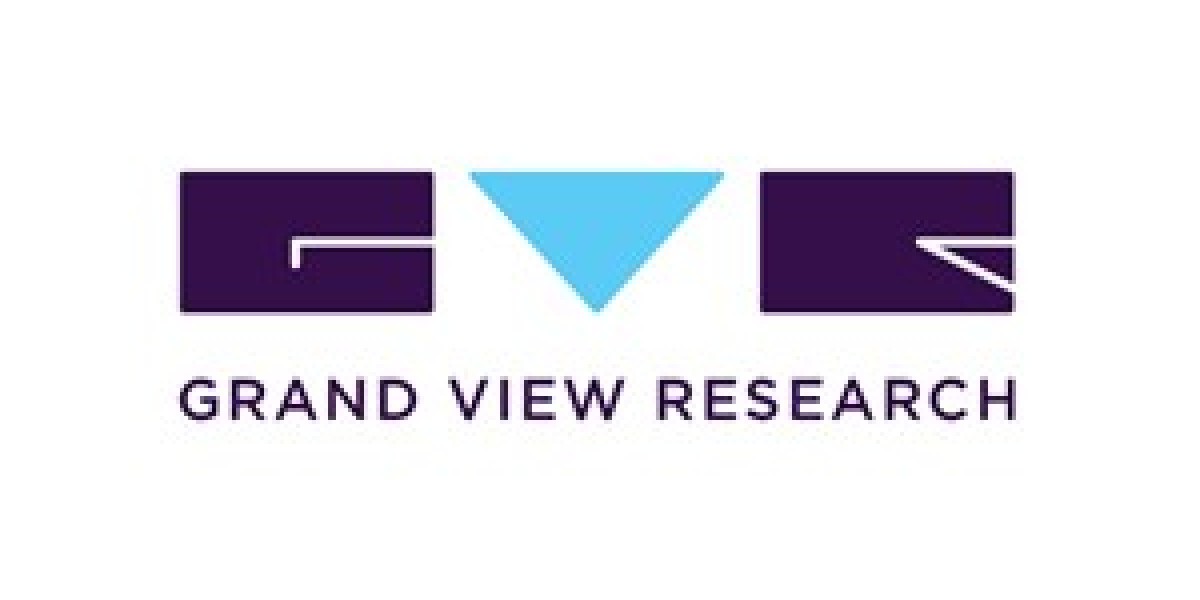Antimicrobial Plastics Industry Overview
The global antimicrobial plastic market was valued at USD 37.87 billion in 2021 and is projected to grow at a compound annual growth rate (CAGR) of 7.8% from 2022 to 2030. Antimicrobial plastics are synthetic polymers embedded with active antimicrobial additives that inhibit the growth of harmful microbes, including algae, fungi, and mold. The presence of these microbes typically reduces the durability and lifespan of plastic products, which has led to an increased adoption of antimicrobial plastics across industries. Sectors such as food and beverage, packaging, and healthcare are particularly instrumental in driving demand for these materials, as they require enhanced durability and hygiene standards for their products. This growing demand is expected to fuel the market’s growth throughout the forecast period.
In healthcare, antimicrobial plastics are increasingly replacing conventional materials for manufacturing medical instruments, including ventilators and anesthesia machines. Their ability to inhibit pathogen growth makes them ideal for healthcare environments that demand stringent infection control. Additionally, antimicrobial plastics’ superior moisture resistance enhances their suitability for the food and beverage industry as a reliable packaging solution. This resistance helps to extend product shelf life by minimizing microbial contamination, making them a valuable material for food packaging applications.
The production of antimicrobial plastics involves infusing antimicrobial additives like oxybisphenoxarsine (OBPA) and organometallic biocides. These additives provide robust, long-term protection against pathogens and enhance the material’s durability by reducing microbial-induced degradation. This makes antimicrobial plastics more resilient, rust-resistant, and odorless, qualities that are particularly advantageous for use in medical device applications where hygiene and durability are critical.
In the U.S., the well-established automotive and transportation industry—led by major players like General Motors, Ford Motor Company, Fiat Chrysler Automobiles, and Toyota Motor Corporation—further boosts demand for antimicrobial plastics. The increasing popularity of electric and hybrid vehicles, combined with the established automotive aftermarket, is driving the growth of sectors like building and construction and automotive and transportation. As a result, the use of antimicrobial plastics in these industries is anticipated to expand significantly over the forecast period, supporting the wider adoption of durable, pathogen-resistant materials across various high-demand applications.
Gather more insights about the market drivers, restrains and growth of the Antimicrobial Plastics Market
Regional Insights:
Asia Pacific Market Dominance:
- Asia Pacific led the global antimicrobial plastic market in 2021, capturing over 35.0% of the total revenue share.
- Demand for antimicrobial plastics is anticipated to grow significantly in the healthcare and packaging sectors, especially in developing nations such as India, China, and Japan.
- The increasing development of health insurance coverage in countries like India, China, and Japan is expected to further drive the market.
- Additionally, the high prevalence of chronic diseases in these countries is pushing government investment into healthcare infrastructure, which is likely to increase demand for antimicrobial plastics used in medical equipment and healthcare settings.
European Market Dynamics:
- Europe remains a key player in the antimicrobial plastic market, although its growth is expected to be constrained by several macroeconomic challenges.
- Factors such as the debt crisis, high unemployment rates, and weaker industrial production are limiting market expansion in certain parts of the region.
- Growth within Europe is expected to be driven largely by Eastern Europe, where manufacturing and consumption are more robust.
- The region is also known for its strict environmental regulations, enforced by authorities like the European Chemicals Agency (ECHA), the European Commission, and other federal bodies, which impacts production standards and practices.
Emerging Markets in Central and South America (CSA) and the Middle East and Africa (MEA):
- Central and South America, along with the Middle East and Africa, are emerging as growth markets for antimicrobial plastics, with growth rates comparable to those of North America.
- These regions benefit from the expansion of end-use industries, including healthcare, packaging, and consumer goods.
- Unlike other markets, these regions currently have a relatively low penetration of antimicrobial plastic, creating substantial growth potential as adoption rates increase.
Browse through Grand View Research's Plastics, Polymers & Resins Industry Research Reports.
- The global anhydrous hydrogen fluoride market was estimated at USD 3.33 billion in 2024 growing at a CAGR of 6.0% from 2024 to 2030.
- The global bio-based polyurethane market size was estimated at USD 39,694.98 thousand in 2024 and is expected to grow at a CAGR of 8.99% from 2025 to 2030.
Key Antimicrobial Plastics Company Insights
The market is characterized by the presence of various small- and medium-scale companies catering to global and local demands. It is characterized by forward integration through raw material production, manufacturing, and distribution to various application industries.
Integration across the stages of the value chain results in continuous raw material supply and low manufacturing costs. R&D initiatives by a few companies to enhance their product specifications and market reach are expected to further augment the product demand in the years to come. For instance, in March 2021, Parx Materials launched an additive technology, Saniconcentrate. This technology is designed to produce antimicrobial plastics that can resist the growth of harmful bacteria and viruses. Some prominent players in the global antimicrobial plastic market include:
- BASF SE
- Parx Materials N.V.
- Ray Products Company Inc.
- COVESTRO AG
- King Plastic Corporation
- Palram Industries Ltd.
- Clariant AG
- SANITIZED AG
- RTP Company
- Lonza
- INEOS Styrolution Group GmbH
- Milliken Chemical
- BioCote Limited
- Microban International
- DuPont de Nemours, Inc.
Order a free sample PDF of the Antimicrobial Plastics Market Intelligence Study, published by Grand View Research.



